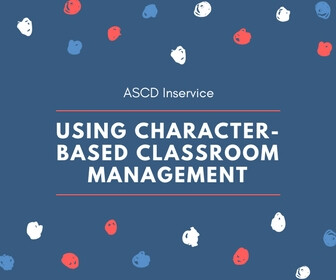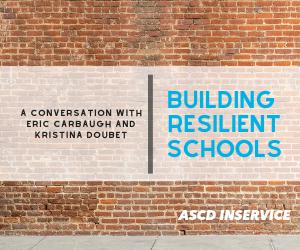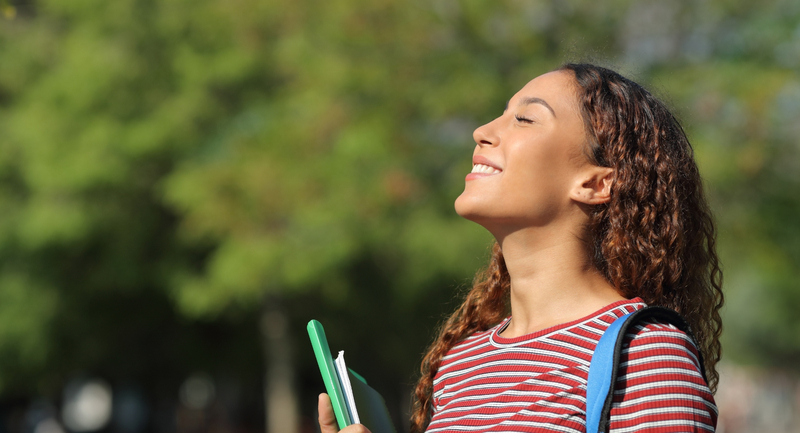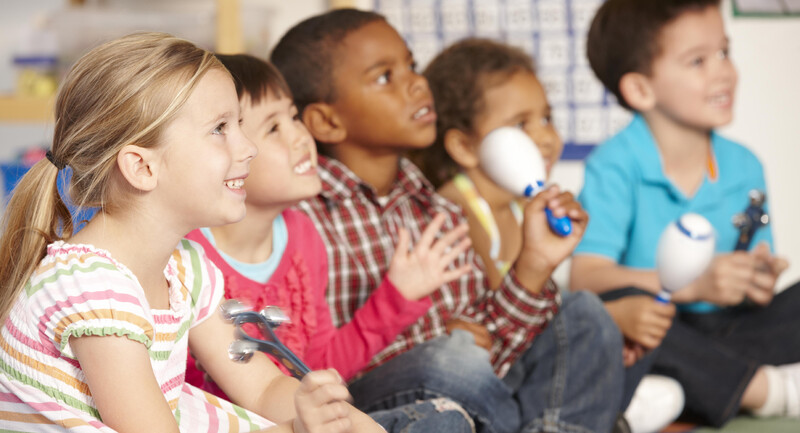With increasing distance from the first years of the pandemic, researchers are getting a sharper picture of its many effects on school systems across the country. New research published in the journal Educational Researcher brings teachers’ mental health during the pandemic’s first wave into clearer focus, finding that, from the fall of 2020 to the spring of 2021, educators were 40 percent more likely to report symptoms of anxiety than healthcare workers. Those teaching remotely reported especially high levels of distress.
Reaching Workers Across the Country
The researchers, from James Madison University and John Hopkins University, collected their data from the US Covid-19 Trends and Impact Survey. This survey was a collaboration between Carnegie Mellon University’s Delphi Group and Facebook to track the pandemic’s various effects on workers and working conditions. Every day between early September 2020 and late March 2021, the survey invited a random group of Facebook users to answer a series of questions about their health and COVID-19 protocols at their work. In total, more than 2.6 million people participated, including more than 135,000 teachers.
“With such a large sample. . . we are able to make generalizations across the United States,” says Joseph Kush, a co-author of the study and assistant professor of psychology at James Madison University. “Teachers had significantly higher levels of anxiety than all other types of workers.”
Once the research team collected the data, they categorized participants broadly into four professional groups: teachers, healthcare workers, office professionals (including customer service/administration jobs), and others (including those working in military, agricultural, or legal fields). Next, they used a system of statistical weighting to compensate for the effects of variables—such as age, location, and level of education—that might impact participants’ replies, in order to isolate the effect of profession alone.
The results are notable. Over the course of the poll period, teachers were not only 40 percent more likely to report symptoms of anxiety than healthcare workers, but they were also 20 percent more likely to report anxiety than office workers and 30 percent more likely to report anxiety than other workers. Teachers were also slightly more likely to report symptoms of depression and feelings of isolation than healthcare workers. While the report does not speculate on what might be causing these disparities, it is important to note that transitions of the past two years may have been comparatively stressful because educators don’t usually receive the same forms of emergency and stress-related training that healthcare workers often do.
Teachers working remotely, specifically, were more likely to report anxiety, depression, and feelings of isolation than their colleagues who were teaching in-person. Notably, they were about 60 percent more likely to report feeling socially isolated.
Kush acknowledges that the study’s methodology does involve some selection bias. Teachers or other professionals who don’t use Facebook were not sampled. Neither were those who were contacted by the survey but opted not to participate. That said, the survey’s wide reach coupled with its statistical weighting process gives Kush confidence that the results accurately reflect the experiences of educators across district and state. “Every kind of group you can think of is accounted for here,” he says.
Giving Teachers a Voice
Individual accounts of anxiety and depression that teachers experienced during the chaos of the pandemic’s first year, and even before, are well documented. But with the findings from this recent report, educators, leaders, and policymakers now have a broader sense of the pandemic’s mental health impact.
As for designing specific interventions to address educator mental health, Kush argues that psychologists and policymakers should be responsible for that work. Some advocates have already called for stronger mental health support for educators in schools, and an end to rhetoric that reinforces unsustainable, and potentially unhealthy, expectations around teacher stress and workloads. Research has also shown that mounting teacher stress can affect their work and student academic performance.
The data collected in this new research can also help inform major adaptations schools may need to take in the future. At the onset of COVID-19, Kush notes, decisions about how schools and districts would respond to the growing crisis seldom incorporated teachers’ perspectives.
At the very least, these new findings provide additional support for what some educators have been saying for the past three years—that the stress and mental health burden teachers have faced during the pandemic can’t be ignored. Providing a platform for educators to voice that need firsthand, says Kush, is one crucial outcome of this research.
“We want to give a voice for teachers. . . . When teachers are included in such decision-making processes, they feel more of a sense of community, and more respected. That's important in and of itself,” says Kush.








